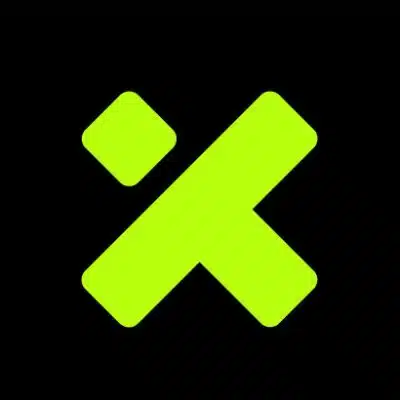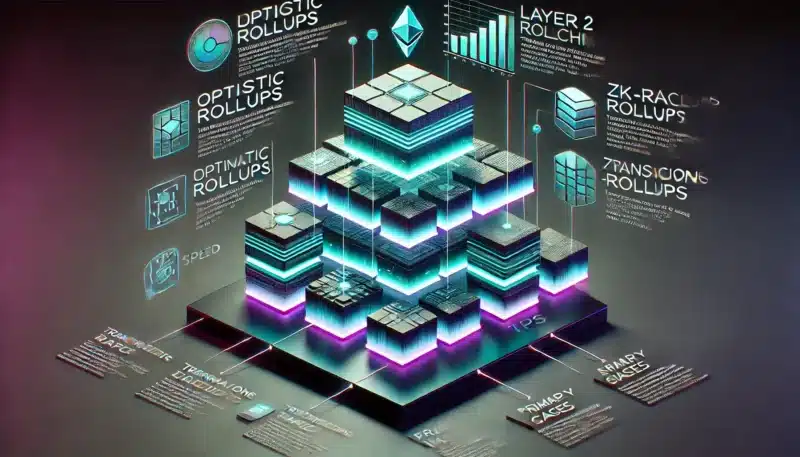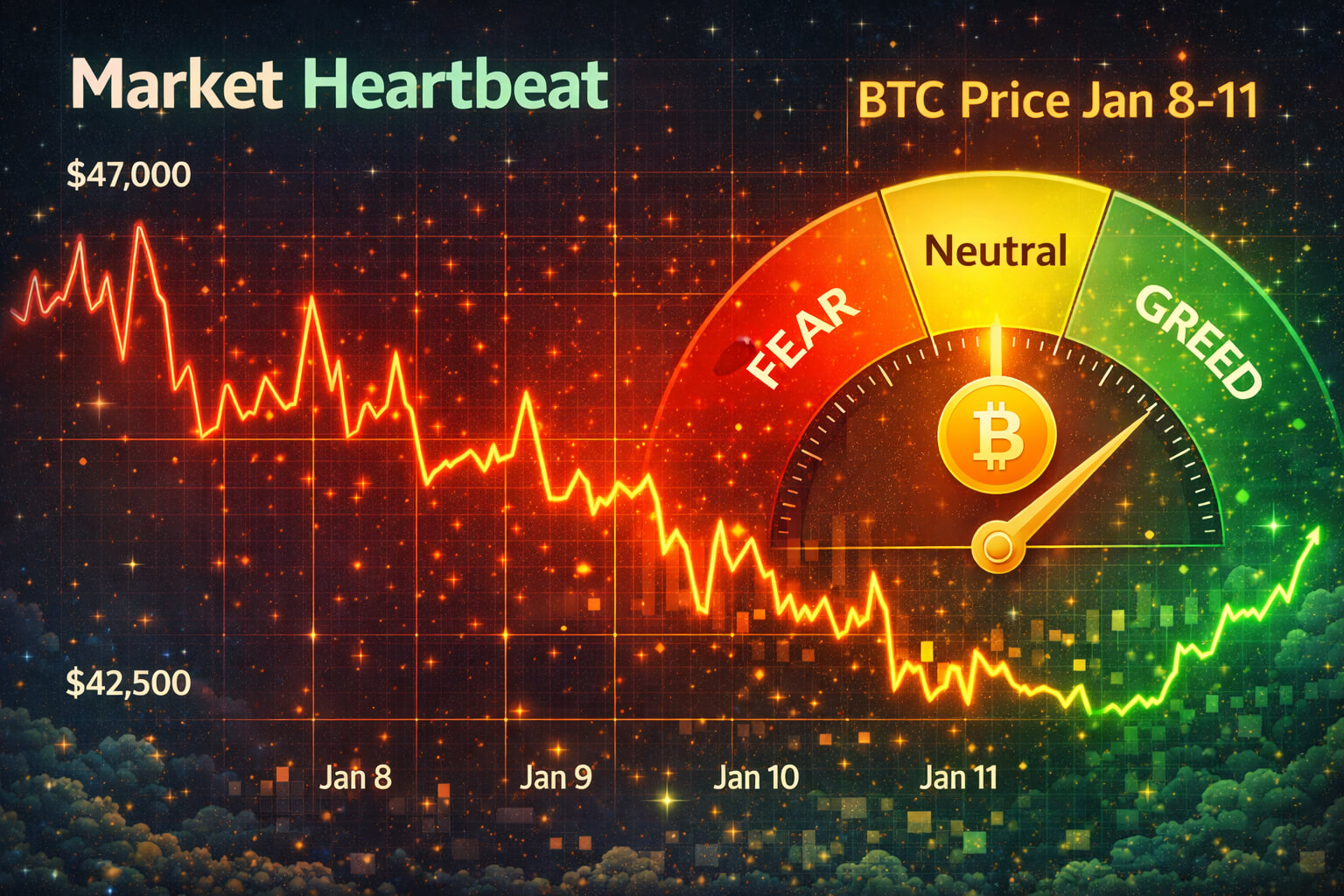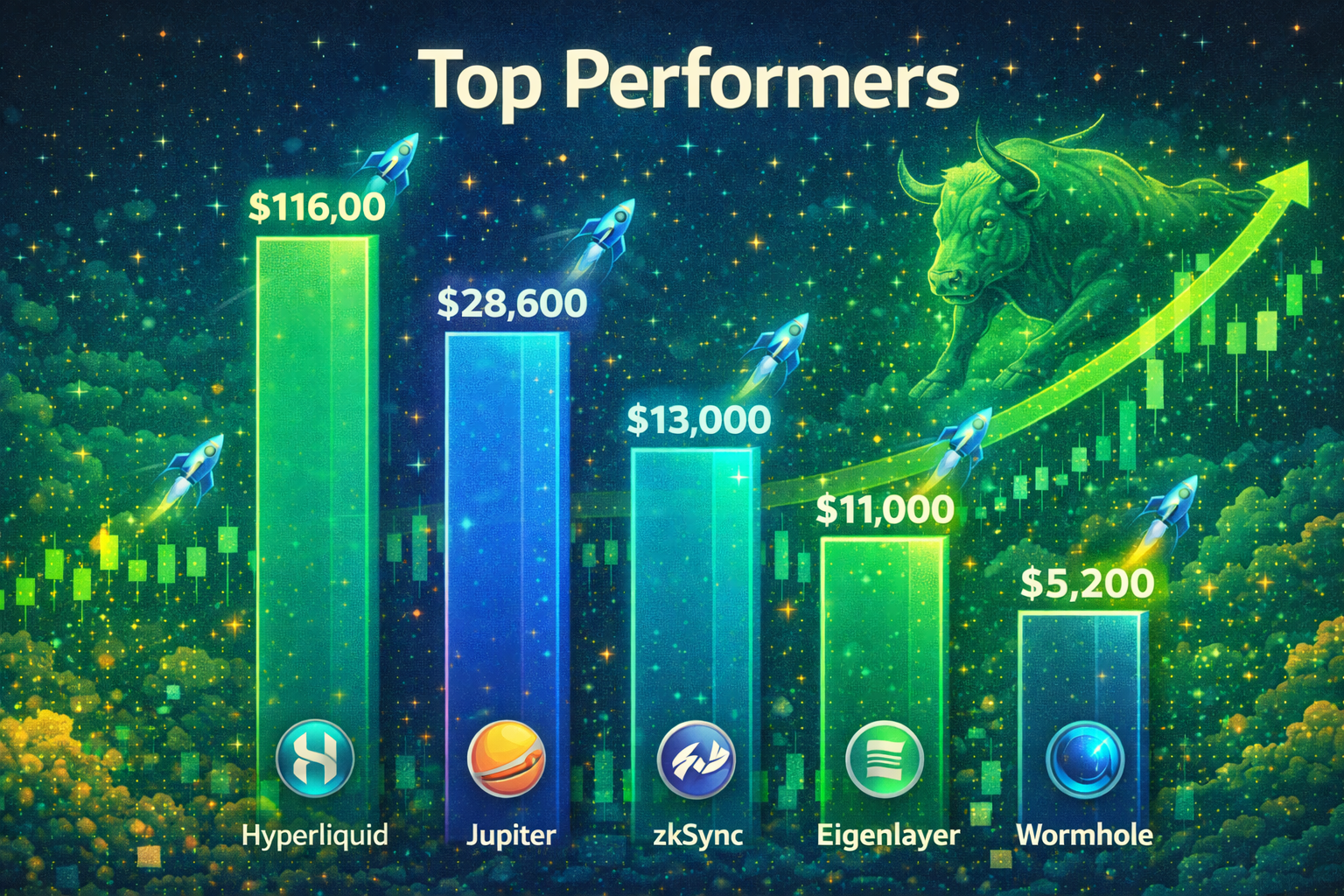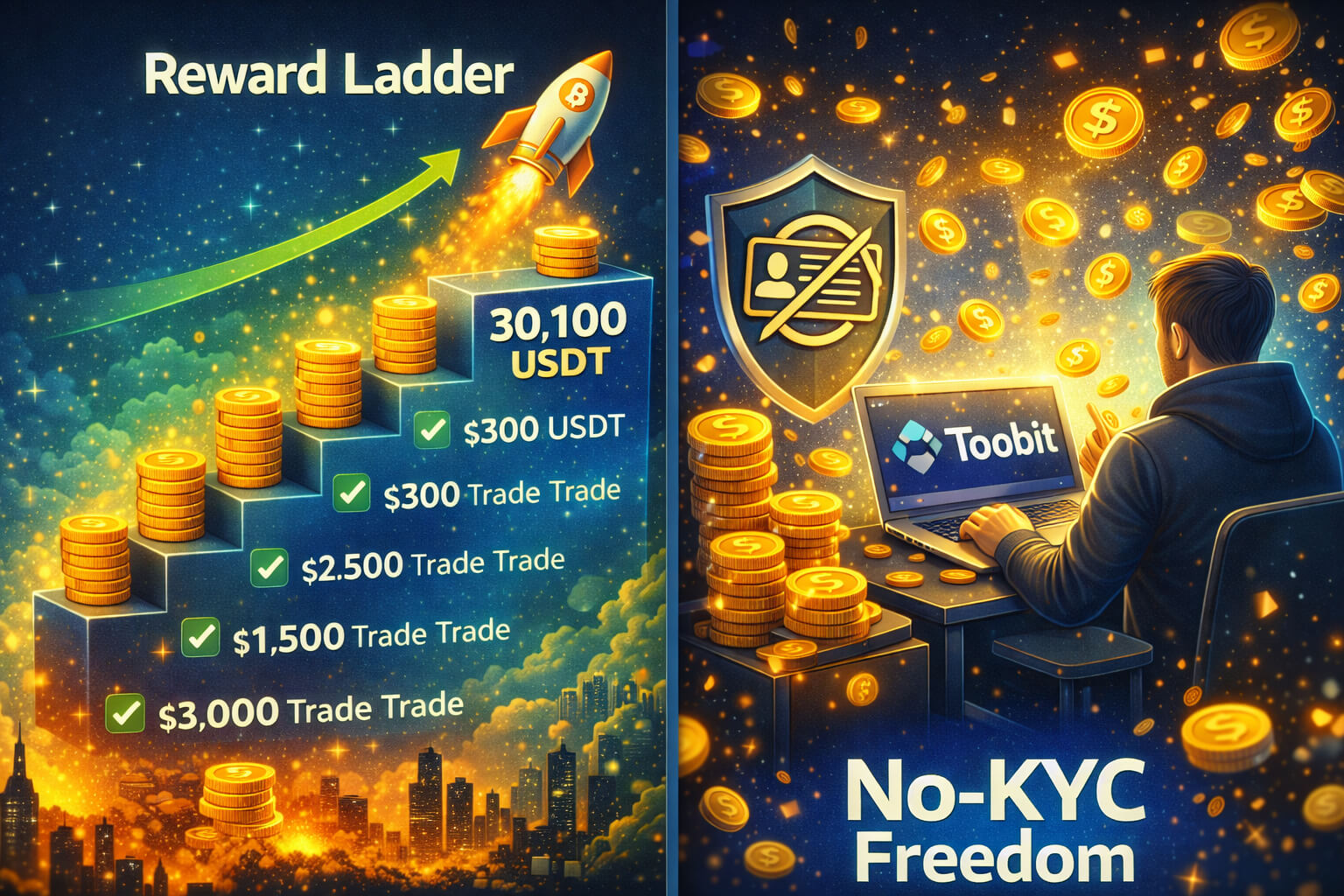1. The Growing Need for Layer 2 Solutions
As blockchain technology has evolved, so have the challenges of scalability, transaction speed, and cost efficiency. These issues have become increasingly evident on popular Layer 1 blockchains like Ethereum and Bitcoin, where high demand has led to network congestion, slower transaction times, and higher fees. Layer 2 solutions have emerged as a powerful way to address these challenges. By building on top of Layer 1 blockchains, enhance the scalability and efficiency of the underlying networks without compromising their security or decentralization. In this article, we’ll explore some of the most popular Layer 2 solutions, focusing on how they improve blockchain performance and why they are essential for the future of decentralized technology.
2. What Are Layer 2 Solutions?
Defining Layer 2 in Blockchain
Layer 2 solutions refer to protocols or frameworks that operate on top of an existing Layer 1 blockchain. Their primary purpose is to improve the scalability, speed, and cost-effectiveness of the blockchain without altering its core architecture. By processing transactions off-chain or using alternative methods to handle data, Layer 2 solutions can significantly reduce the load on the main blockchain, resulting in faster transaction times and lower fees.
Core Functions of Layer 2 Solutions
- Scalability Improvement: Layer 2 solutions allow blockchains to process more transactions per second (TPS) by reducing the workload on the Layer 1 blockchain.
- Cost Reduction: By handling transactions off-chain or in batches, Layer 2 solutions can lower transaction costs, making the network more affordable for users.
- Enhanced Speed: These solutions enable faster transaction processing, improving the overall user experience.
- Security and Decentralization: While operating off-chain, Layer 2 solutions still rely on the security and decentralization of the underlying Layer 1 blockchain, ensuring that transactions remain secure.
3. Popular Layer 2 Solutions in the Blockchain Ecosystem
Polygon (MATIC): Scaling Ethereum with Layer 2
Polygon, formerly known as Matic Network, is one of the most well-known Layer 2 solutions designed to scale the Ethereum blockchain. Launched in 2017, Polygon provides a framework for building and connecting Ethereum-compatible blockchain networks, effectively transforming Ethereum into a multi-chain system.
Key Features:
- Sidechains: Polygon operates as a set of sidechains that run alongside the Ethereum mainnet, enabling faster and cheaper transactions while maintaining compatibility with Ethereum.
- Ethereum Compatibility: Polygon is fully compatible with the Ethereum Virtual Machine (EVM), allowing developers to easily migrate their Ethereum dApps to Polygon’s network.
- Growing Ecosystem: Polygon has quickly become a popular choice for decentralized finance (DeFi) applications, non-fungible tokens (NFTs), and other decentralized applications (dApps) due to its speed and cost efficiency.
Use Cases:
Polygon is widely used for DeFi platforms, NFT marketplaces, and other dApps that require high throughput and low transaction fees.
Arbitrum: Layer 2 Scaling for Ethereum
Arbitrum is a Layer 2 scaling solution specifically designed for Ethereum. Developed by Offchain Labs, Arbitrum uses Optimistic Rollups, a technique that processes transactions off-chain and then batches them for submission to the Ethereum mainnet. This approach reduces congestion on Ethereum and significantly lowers transaction costs.
Key Features:
- Optimistic Rollups: Arbitrum’s Optimistic Rollups allow transactions to be processed off-chain, reducing the load on the Ethereum mainnet while maintaining security.
- High Compatibility: Arbitrum is fully compatible with Ethereum, meaning developers can deploy their existing Ethereum dApps on Arbitrum with minimal changes.
- Scalability and Speed: By processing transactions off-chain, Arbitrum can handle a much higher volume of transactions per second compared to Ethereum alone.
Use Cases:
Arbitrum is ideal for DeFi applications, gaming, and other dApps that require high scalability and low transaction costs.
Optimism: Optimistic Rollups for Ethereum
Optimism is another leading Layer 2 solution for Ethereum, using Optimistic Rollups to scale the network. Launched in 2021, Optimism has quickly gained traction as a go-to solution for Ethereum developers looking to improve the performance and cost-effectiveness of their dApps.
Key Features:
- Optimistic Rollups: Similar to Arbitrum, Optimism processes transactions off-chain and submits them to the Ethereum mainnet in batches, reducing congestion and lowering costs.
- Ethereum Compatibility: Optimism is fully compatible with the Ethereum network, enabling developers to easily port their Ethereum dApps to Optimism.
- Community-Driven Development: Optimism is built with a focus on community and open-source development, encouraging collaboration and innovation.
Use Cases:
Optimism is widely used for DeFi, NFT platforms, and other dApps that require scalable and efficient transaction processing.

Loopring (LRC): Scalable Decentralized Exchanges
Loopring is a Layer 2 solution designed specifically for decentralized exchanges (DEXs). Launched in 2020, Loopring uses zk-Rollups, a technology that enables fast and secure trading on Ethereum while minimizing transaction costs.
Key Features:
- zk-Rollups: Loopring’s zk-Rollups process transactions off-chain and then batch them for submission to the Ethereum mainnet, ensuring both speed and security.
- Decentralized Exchanges (DEXs): Loopring is optimized for DEXs, allowing users to trade assets quickly and affordably without sacrificing security.
- Low Costs: By reducing the number of transactions that need to be processed on-chain, Loopring offers significantly lower fees compared to traditional Ethereum-based DEXs.
Use Cases:
Loopring is primarily used for decentralized exchanges, enabling fast, secure, and cost-effective trading on the Ethereum network.
zkSync: zk-Rollups for Ethereum Scaling
zkSync is a Layer 2 scaling solution that uses zk-Rollups to improve Ethereum’s scalability. Developed by Matter Labs, zkSync focuses on providing low-cost and secure transactions while maintaining compatibility with Ethereum.
Key Features:
- zk-Rollups: zkSync’s zk-Rollups allow transactions to be processed off-chain, reducing congestion on Ethereum and lowering transaction costs.
- Fast Transactions: zkSync enables near-instant transactions, making it ideal for applications that require quick and affordable payments.
- Ethereum Compatibility: zkSync is fully compatible with Ethereum, allowing developers to deploy their Ethereum dApps on zkSync without significant changes.
Use Cases:
zkSync is used for a variety of applications, including DeFi, payments, and dApps that require fast, low-cost transactions.
4. Key Differences Between Popular Layer 2 Solutions
Underlying Technology
- Polygon: Uses sidechains to scale Ethereum, enabling faster and cheaper transactions while maintaining compatibility with Ethereum.
- Arbitrum: Utilizes Optimistic Rollups to process transactions off-chain and then submits them to Ethereum, reducing congestion and costs.
- Optimism: Similar to Arbitrum, Optimism uses Optimistic Rollups to enhance Ethereum’s scalability and efficiency.
- Loopring: Employs zk-Rollups to facilitate fast and secure trading on decentralized exchanges with low transaction costs.
- zkSync: Also uses zk-Rollups to scale Ethereum, focusing on fast and affordable transactions while ensuring security.
Transaction Speed and Cost
- Polygon: Offers fast transaction speeds with low fees, making it suitable for high-throughput dApps.
- Arbitrum: Provides scalable solutions with significantly lower transaction costs compared to Ethereum.
- Optimism: Enables high transaction speeds and low costs, ideal for DeFi and other dApps.
- Loopring: Optimized for DEXs, offering fast and low-cost trading.
- zkSync: Focuses on fast and affordable transactions, making it ideal for payments and DeFi applications.
Use Cases and Ecosystems
- Polygon: Widely used for DeFi platforms, NFT marketplaces, and other dApps that require scalability and low costs.
- Arbitrum: Popular for DeFi, gaming, and other dApps that need high scalability.
- Optimism: Commonly used for DeFi, NFTs, and dApps that require efficient transaction processing.
- Loopring: Primarily used for decentralized exchanges, providing fast and cost-effective trading.
- zkSync: Ideal for payments, DeFi, and other applications that require quick, low-cost transactions.
5. Conclusion
Understanding Layer 2 Solutions: Scaling Blockchain for the Future
Layer 2 solutions are critical for enhancing the scalability, speed, and cost-efficiency of blockchain networks. From Polygon’s sidechains to Arbitrum’s and Optimism’s Optimistic Rollups, each Layer 2 solution offers unique advantages that address the limitations of Layer 1 blockchains. As the blockchain industry continues to evolve, these popular Layer 2 solutions will play a vital role in supporting the growth and adoption of decentralized applications, digital finance, and the broader cryptocurrency ecosystem.
For more insights and detailed guides on blockchain technology and cryptocurrency, visit our Cryptocurrency Comparisons Guides.
Stay Updated
For the latest insights on Layer 2 solutions, blockchain technology, and other decentralized innovations, follow us on:
Stay informed with the latest strategies and developments in the cryptocurrency space at FreeCoins24.io.
Special Offer
For an enhanced trading experience, consider Bybit. Sign up through our referral link to unlock exclusive rewards, including up to $30,000 in deposit bonuses, and elevate your trading journey.
